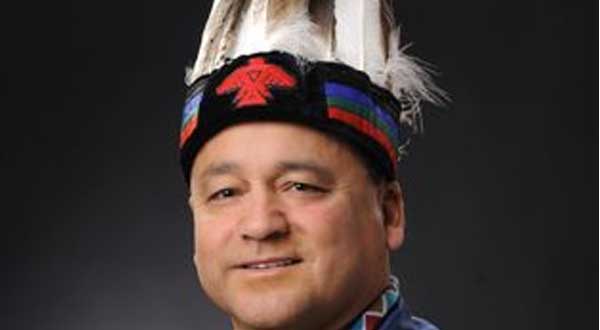OTTAWA—The Grassy Narrows First Nation suffered a blow in its attempt to assert its right to consultation before logging is allowed on lands it claims as its traditional territories when the Supreme Court ruled in favour of the province in a dispute over the issuance of a logging licence on those lands. This most recent ruling by the nation’s top court comes in the wake of an earlier ruling in British Columbia overturning that province’s control over Tsilhqot’in traditional lands.
“There is still some analysis going on over the Grassy Narrows ruling, and the ruling in British Columbia,” said Anishinabek Nation (Union of Ontario Indians, UOI) Grand Council Chief Patrick Madahbee. “Obviously we are disappointed with the outcome.”
Chief Madahbee characterized the decision as being “seven white people making decisions in favour of self interest and corporate interests.” He said that the federal government has failed to step up to protect the interests of the impacted First Nations.
Grassy Narrows First Nation has said that they are concerned about the impact that clear cutting on their traditional lands will have on hunting, trapping and the quality of drinking water in the area.
The main issue of contention in the Grassy Narrows case was whether provincial authority applies to the band’s traditional territories. According to the Canadian Constitution, the federal government has exclusive authority over “Indians and lands reserved for Indians.”
While that seems to make the issue clear cut, it becomes more clouded once treaties become involved.
The Grassy Narrows First Nation falls under the auspices of Treaty 3, one of 11 treaties known collectively as the ‘Numbered Treaties.’ These treaties were negotiated between Canada and the First Nations closely following Canada’s 1867 confederation.
But Treaty 3 allowed for the “taking up” of lands for mining, towns and forestry, among other things. Municipalities and natural resources are the responsibility of the provincial government under the Constitution. The Supreme Court found that “both levels of government are responsible for fulfilling the treaty promises when acting within the division of powers under the Constitution.” That means, according to the court, that “Ontario, and only Ontario, has the power to take up lands under Treaty 3.”
Chief Madahbee disputes the interpretation that the provincial government has such jurisdiction over First Nations territories, noting that the treaties were negotiated by federal agents and that the constitution clearly states that the federal government has exclusive authority over “Indians and lands reserved for Indians.”
“The people of Grassy Narrows were there looking after their lands long before those people came over in their boats and started making treaties,” he said. “The treaty relationship is one of sharing. If the treaty isn’t valid, then control over those lands should go back to what it was before those people showed up in their ships.”
Chief Madahbee vowed that the issue was far from decided, even with the Supreme Court ruling. “We are not going to just roll over,” he said. “If the treaty is valid, implement it. If not, go back to what was before.”
A large number of the Numbered Treaties are disputed by First Nations, having been negotiated with ‘principle men’ of the communities involved that were determined by the federal agents themselves, rather than the spokespersons of the day generally recognized by the community.




